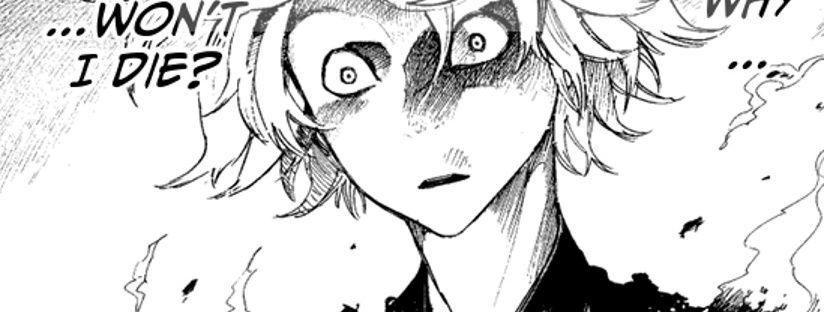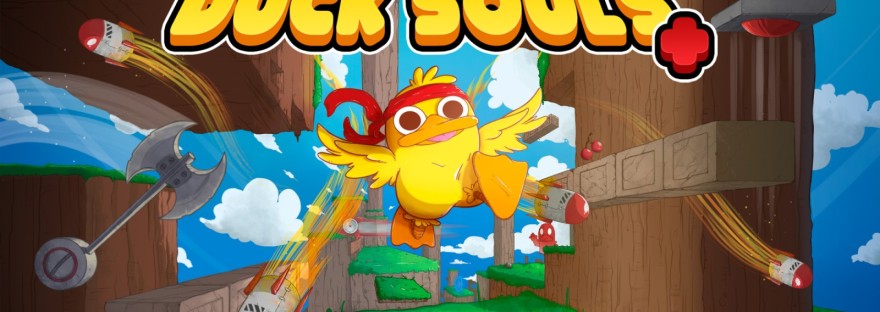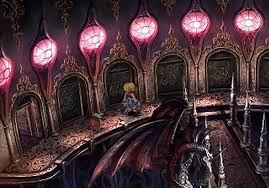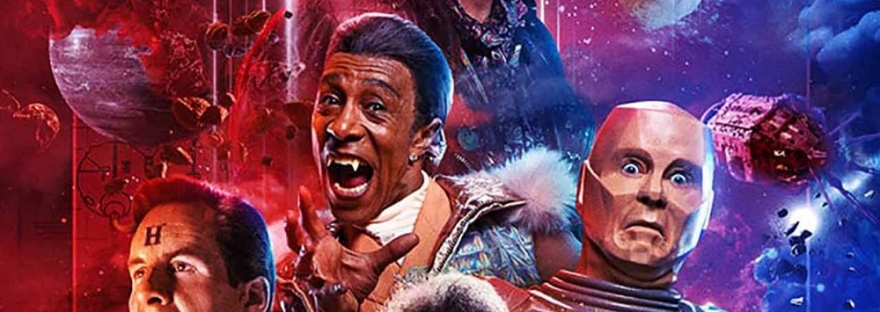Before we go any further, I’ve decided to split our review of Fial Fantasy X\X-2 HD Remaster into two seperate articles, with this one covering Final Fantasy X and a later one covering Final Fantasy X-2, this is purely because of the size of the two titles that are included as this re-release of one of Square-Enix’s classic titles. This will, unfortunately, mean a sizeable gap between the two but the cirumstances behind this release, plus those of a personal nature, pretty much limit me to doing it in this manner. Plus its nice to take a look at them at the seperate entities that they originally were.
This Vita release of Final Fantasy X is the “International” release of the game, by that I mean it doesn’t have any drawbacks that we saw with the original PAL release back in 2002. This results in a nice full screen with no borders, 50hz refresh rate and a nice crisp frame rate whilst the animations are at the full speed that they were for the American and Japanese markets instead of the floaty, slow motion animations we got originally. These are arguably only small things but it really makes the difference (I recently revisited the opening couple of hours on PS2 to remind myself of the game before I got my hands on the Vita release).
For those that are new to Final Fantasy X, and without going into too much detail, the story focuses on Tidus, a boy from Zanarkand who’s also a star “Blitzball” player (a kind of water polo game). During a Blitzball game his homeland of Zanarkand is attacked by a giant creature known as Sin, an old acquaintance, Auron, comes to his aid. However Zanarkand is destroyed and the pair are transported to a land known as Spira. Upon his arrival, Auron is nowhere to be seen and Tidus begins to learn more about Spira, its fight against Sin and the journey of the lands Summoners. It’s that latter point that leads to the progression of the story which takes in quite alot of religious symbology and how the people of Spira and Al Bhed fight against the permanent threat of their towns, cities and world being destroyed by Sin. Obviously, this being Final Fantasy, more and more is revealed as time goes on and some of the reveals within this tale are pretty brave for a game of its time, not to mention the hype that surrounded it. Whilst the series has tried to handle topics such as love, religion and sacrifice in the past, it hasn’t previously been able to do so with quite as much confidence and flair as on display here and the entire production feels like Yoshinori Kitase, Kazuhige Nojima, Daisuke Watanabe and Motomu Toriyama are all at the top of their games.
It does have its set backs though, but they’re only really massively apparent now, after over a decade since the game was originally released. The voice acting was always a bit hammy, Wakka “…Yah” at the end of a sentence can really great and Tidus’ voice actor can often swing between deadly serious and incredibly whiny within the same sentence, its often hard to tell if Lulu sounds disinterested because of the performance of her voice actor or because thats how the character is supposed to be portrayed (even though she’s far from disinterested, in fact she’s probably the most measured personality out of the bunch, and most of your understanding of what is going on comes through her explaining things to Tidus), and this is all before we mention the infamous “HAHAHA! HAHAHA!” moment in the story, which whilst done on purpose, does make you grimace a little bit at the rather over the top nature of it. However, Final Fantasy X was the first Final Fantasy to feature voice acting, and whilst the series still doesn’t really have as high a standard as some of its competitors (such as Atlus’ Persona series), its not too bad and was a bit of a relief to those that had grown tired of reading the PlayStation era’s blue boxes.
My absolute favourite element of Final Fantasy X however is its battle system, its typically traditional in appearance, with three party members on your side against whatever opponents the game throws at you, and whilst battles are random (i.e. you cant avoid on screen enemies like in the Tales, Grandia or Persona series), thats never really been an issue for me personally. The thing I do like is its fluidity, it moves at breakneak speed (for the genre) and the ability to switch characters in and out at any point allows you to switch the focus of the battle depending upon your needs, be it a need to step back and dish out buffs and healing spells whilst one party member keeps the attacking element up, or going for an all out onslaught with other options available in between. Just swapping one character for another brings a whole new element to each battle and the game toys with this a little by twisting the old Jobs system a little. Like with Final Fantasy Ix, each character has a particular job type, however here they’re not designated as “Thief”, “Warrior” etc but they’re each assigned skills and traits that, initially at least, are exclusive to them. Yuna is your healer and Summoner, whilst Lulu is your sole Black Mage at the start of the game, as you progress round the Sphere Grid (a kind of game board that you insert spheres into in order to learn new skills and gain better attributes), characters can begin to take on multiple roles. Weapons also come into play here, for example enemies with strong armour require a weapon with a Piercing ability. Most of the time this kind of enemy is best dealt with by either Auron or Kimhari, but other characters also gain weapons with such an ability, so as the game progresses, your ability to customise and taylor your characters to your playing style evolves, and the game is always giving you different options for each scenario it throws at you.
What we have here then, for PAL players, is Final Fantasy X as it was intended to be, in a handheld format thats surprisingly adept at being left on standby and alowing you to pick it up and play as and when you want. The latter is mostly thanks to this particular stories rather linear progression from a story aspect as the world doesn’t really allow for much in the way of exploration and being sidetracked like the PlayStation instalments did. If you’ve never played the series before, X marks the end of the kind of traditional JRPG gameplay that attracted so many players to it during its blockbuster era (arguably VI through to X) before the series arguably begun to decline (aside from the amazing and seemingly under-appreciated by its creators, FFXII), if you want an epic story and a rather meaty game for your Vita then Final Fantasy X HD Remaster is certainly worth adding to your collection.






